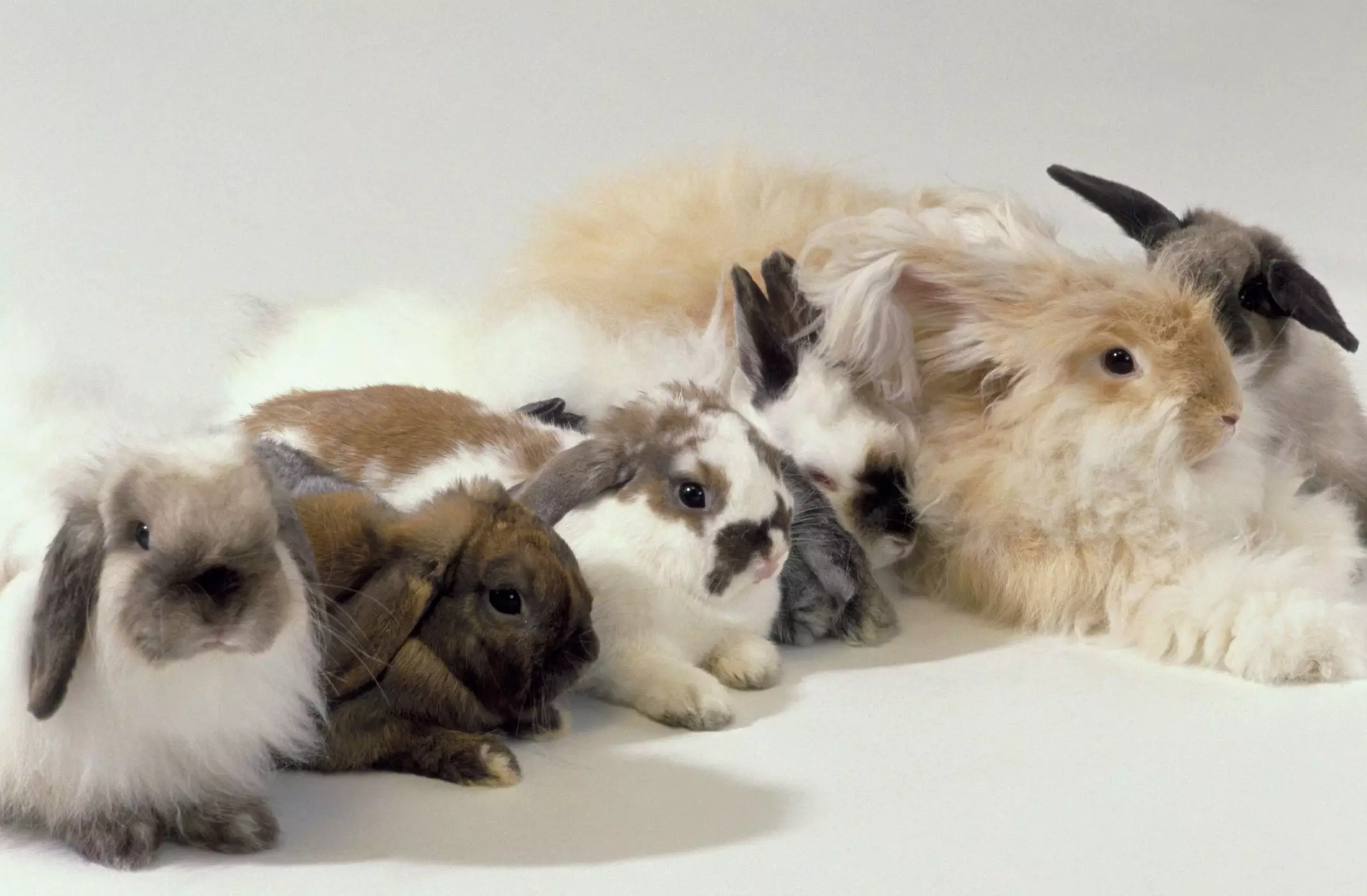The world of rabbit color patterns is as diverse and fascinating as the creatures themselves. Among the myriad of colors and patterns, the agouti coloration stands out due to its unique banding of colors along individual hairs. This article delves into the various types of agouti and other color patterns found in rabbits, shedding light on their characteristics and appeal to rabbit enthusiasts and breeders alike.
Agouti fur features bands of colors on each strand, creating a striking appearance that often resembles the natural camouflage found in wild rabbits. The pattern is not uniform and varies widely depending on specific types of agouti coloration, each with unique visual effects.
For example, the **brown-gray agouti** showcases a complex interplay of colors: the base of the hair is a pale blue, transitioning to a medium tan, charcoal, and culminating in a light tan tip. This gradient creates depth in the fur, giving the rabbit an eye-catching shimmer that sets it apart from more uniformly colored rabbits.
Black variants in rabbits often punctuate discussions of agouti coloration due to their striking appearances. The **black otter** pattern, characterized by a deep black body contrasted with a lighter underside, delivers a stunning visual dichotomy. Particularly intriguing are the orange-tinted borders that soften the transition between the two hues, lending a warmth to the overall aesthetic.
Similarly, the **blue** and **blue otter** colors present a slate blue foundation with accents. Blue otters, for instance, have fawn-tipped guard hairs that introduce a layered effect, enhancing the coat’s visual interest. This complexity illustrates the intricacies that can be achieved through selective breeding.
Rabbits are not limited to agouti patterns; there is a rich tapestry of colors that can captivate any animal lover. Among these, the **broken pattern** holds a special appeal, as it involves a base of white fur adorned with color patches that can be any shade, creating a marbled effect. This pattern is particularly attractive for those seeking a rabbit with a unique, distinctive look.
The **californian** pattern, which features a predominantly white body with markings on the face, ears, tail, and feet, creates a classic yet elegant appearance. In contrast, the **chinchilla** coloration combines slate or black with a pearl effect, resulting in a soft and muted aesthetic that appeals to those who appreciate subtlety in coloration.
Rabbit color nomenclature can be as whimsical as it is descriptive. For instance, the **chocolate agouti** presents bands of tan and chocolate tones, appealing to those who prefer warm colors. The **cream** variant, with its pinkish beige hue, embodies a lighter aesthetic that can bring a touch of softness to any rabbit collection.
Similarly, **lilac** and **opal agouti** variations introduce cool, sophisticated color options. Lilac rabbits, characterized by their pinkish pale gray fur, resemble delicate flowers while offering an understated elegance. The opal agouti, with its slate blue base transitioning to gold, creates an enchanting appearance that is hard to overlook.
Color Patterns Embodying Structural Beauty
Beyond simple color distinctions, rabbit breeders have developed classifications that showcase various markers and shading techniques. For instance, the **shaded group** features tones that blend from dark to light, as seen in the **sable** and **frosted pearl** variations. These structured gradations not only enhance the rabbit’s visual appeal but also highlight the artistry involved in breeding.
Another noteworthy variant is the **self-group**, where rabbits flaunt a solid color—be it black, blue, lilac, or white. These solid-colored rabbits often exemplify purity and simplicity, focusing on the inherent beauty of the animal rather than adornments or patterns.
The diversity in rabbit coloration is a testament to the complex interplay of genetics, selective breeding, and the natural variations within the species. From the multifaceted agouti patterns to the striking contrasts found in black otter and broken patterns, each type of coat conveys a unique story. For rabbit enthusiasts, understanding these distinctions not only enhances appreciation of these charming creatures but also contributes to informed breeding choices that respect both the aesthetic and health of the animals involved. Whether adorned in vibrant colors or cloaked in subtle shades, rabbits continue to capture the hearts of many, providing a canvas for both nature’s artistry and human creativity.

